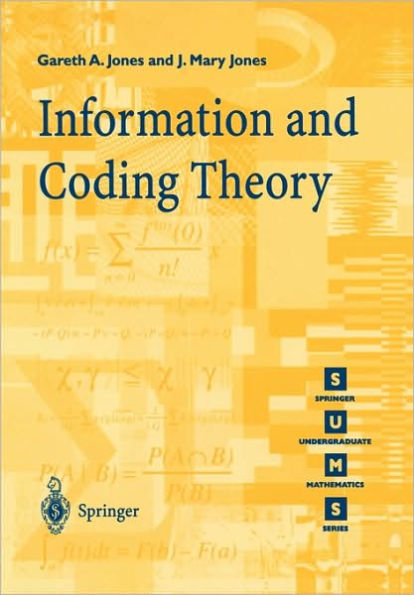5
1
9781852336226



Information and Coding Theory / Edition 1 available in Paperback

Information and Coding Theory / Edition 1
- ISBN-10:
- 1852336226
- ISBN-13:
- 9781852336226
- Pub. Date:
- 07/31/2000
- Publisher:
- Springer London
- ISBN-10:
- 1852336226
- ISBN-13:
- 9781852336226
- Pub. Date:
- 07/31/2000
- Publisher:
- Springer London

Information and Coding Theory / Edition 1
$49.99
49.99
In Stock

Product Details
| ISBN-13: | 9781852336226 |
|---|---|
| Publisher: | Springer London |
| Publication date: | 07/31/2000 |
| Series: | Springer Undergraduate Mathematics Series |
| Edition description: | 2000 |
| Pages: | 210 |
| Sales rank: | 727,148 |
| Product dimensions: | 6.60(w) x 9.00(h) x 0.60(d) |
From the B&N Reads Blog

